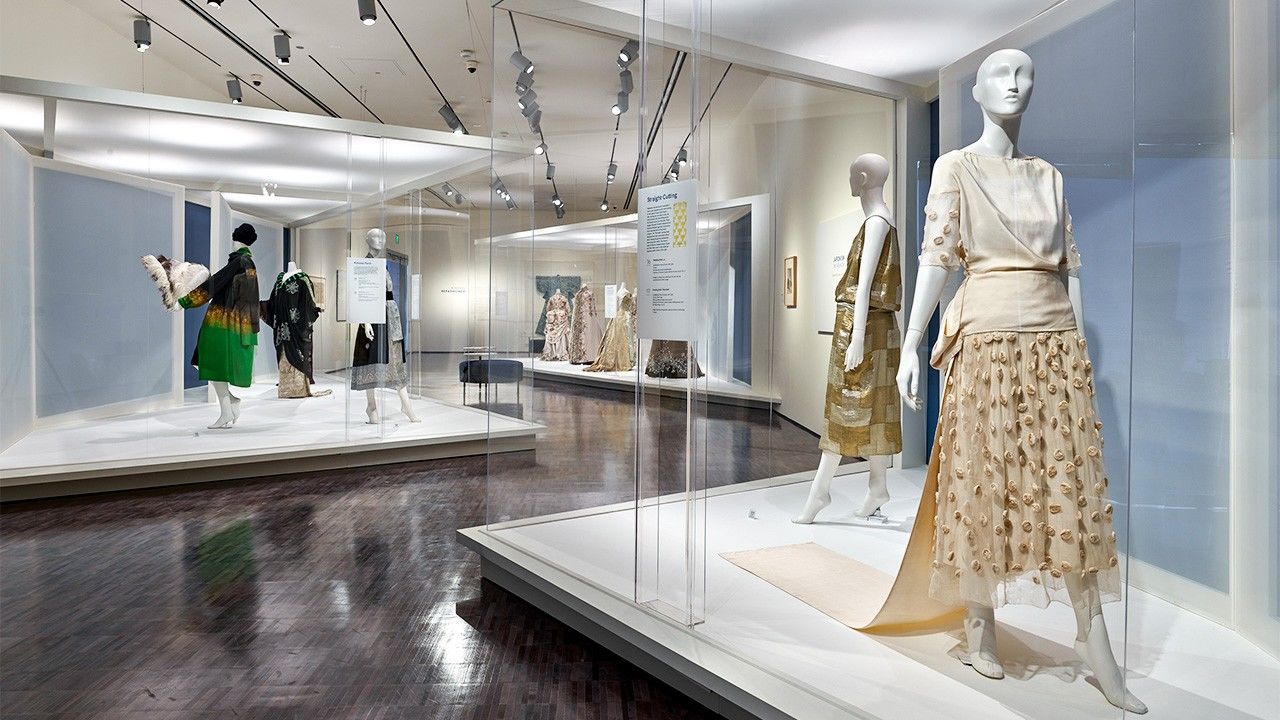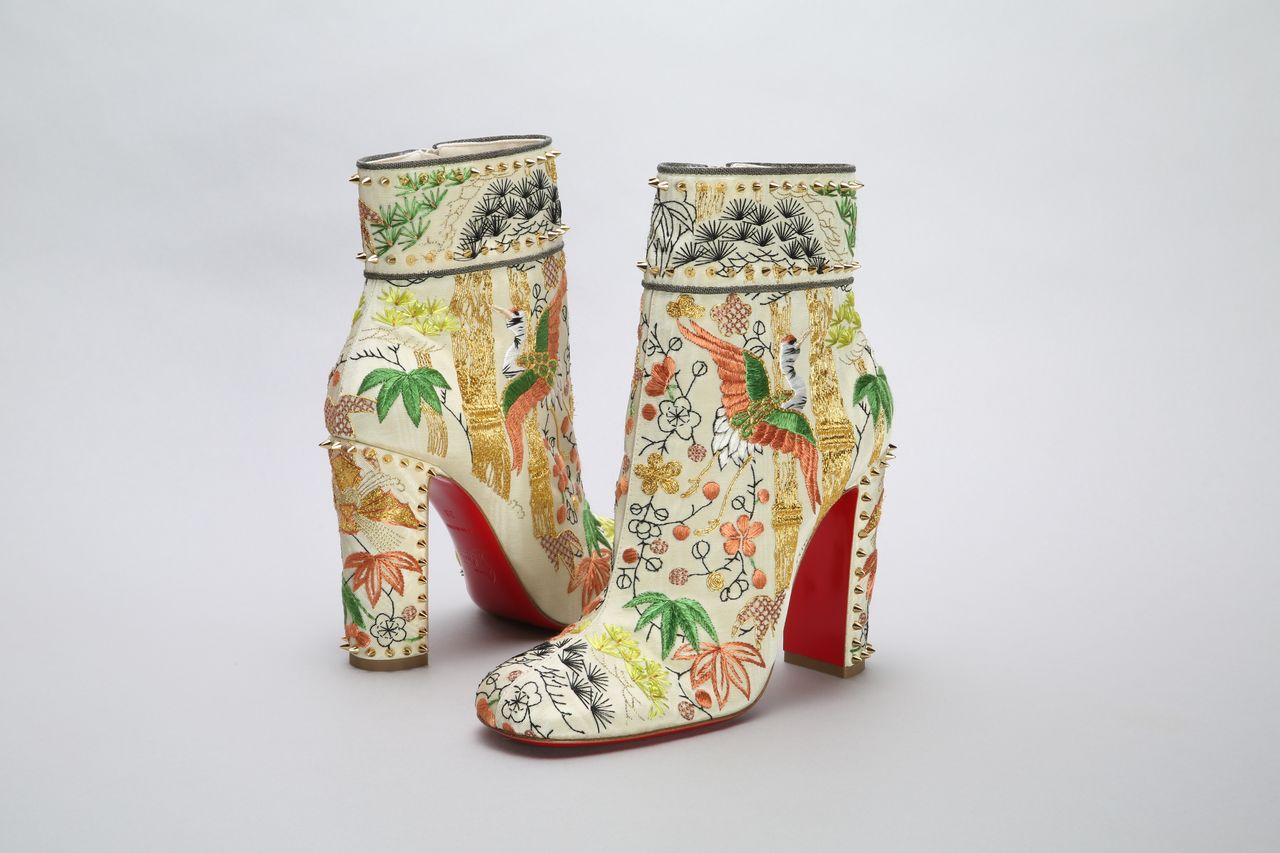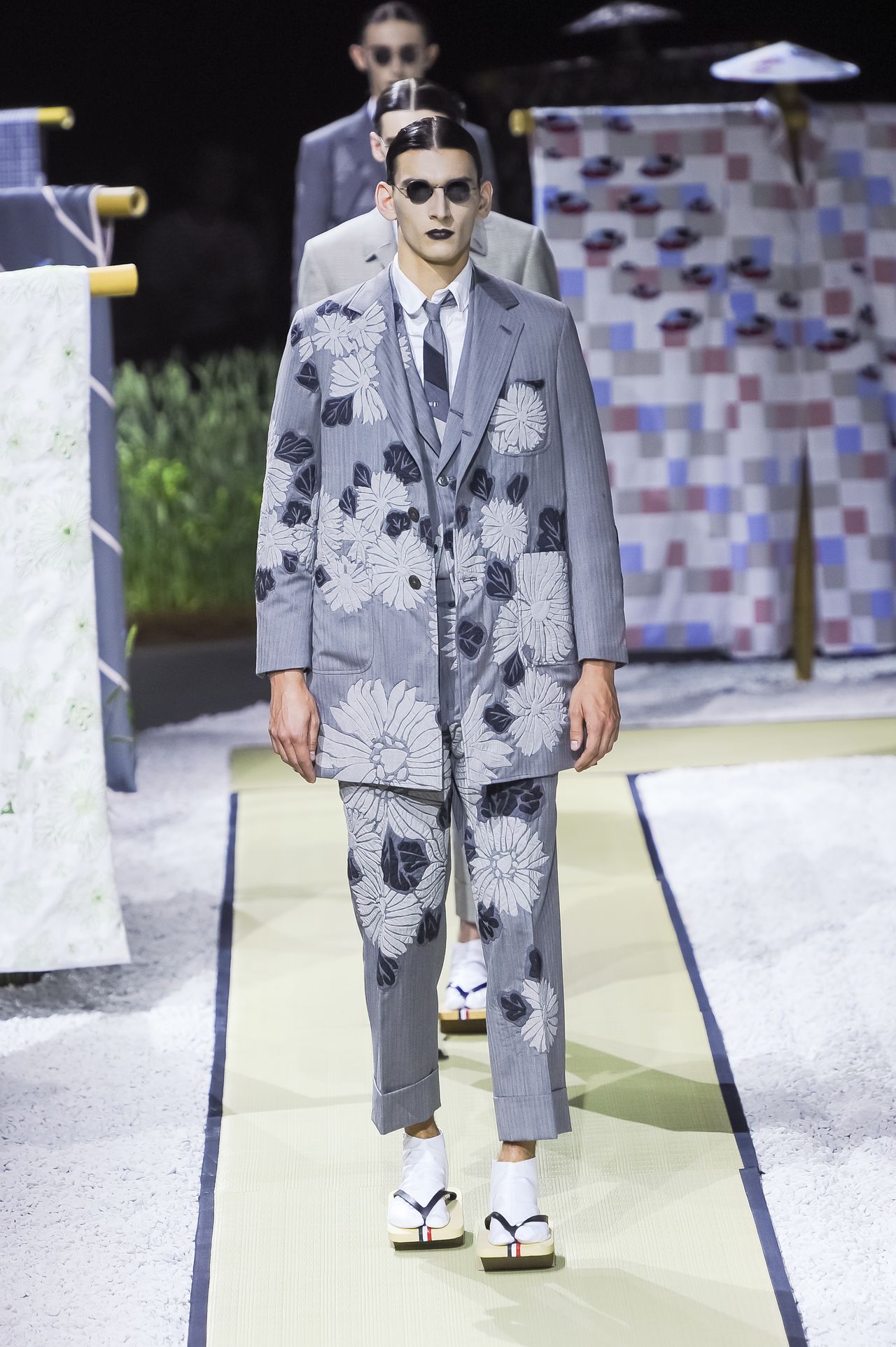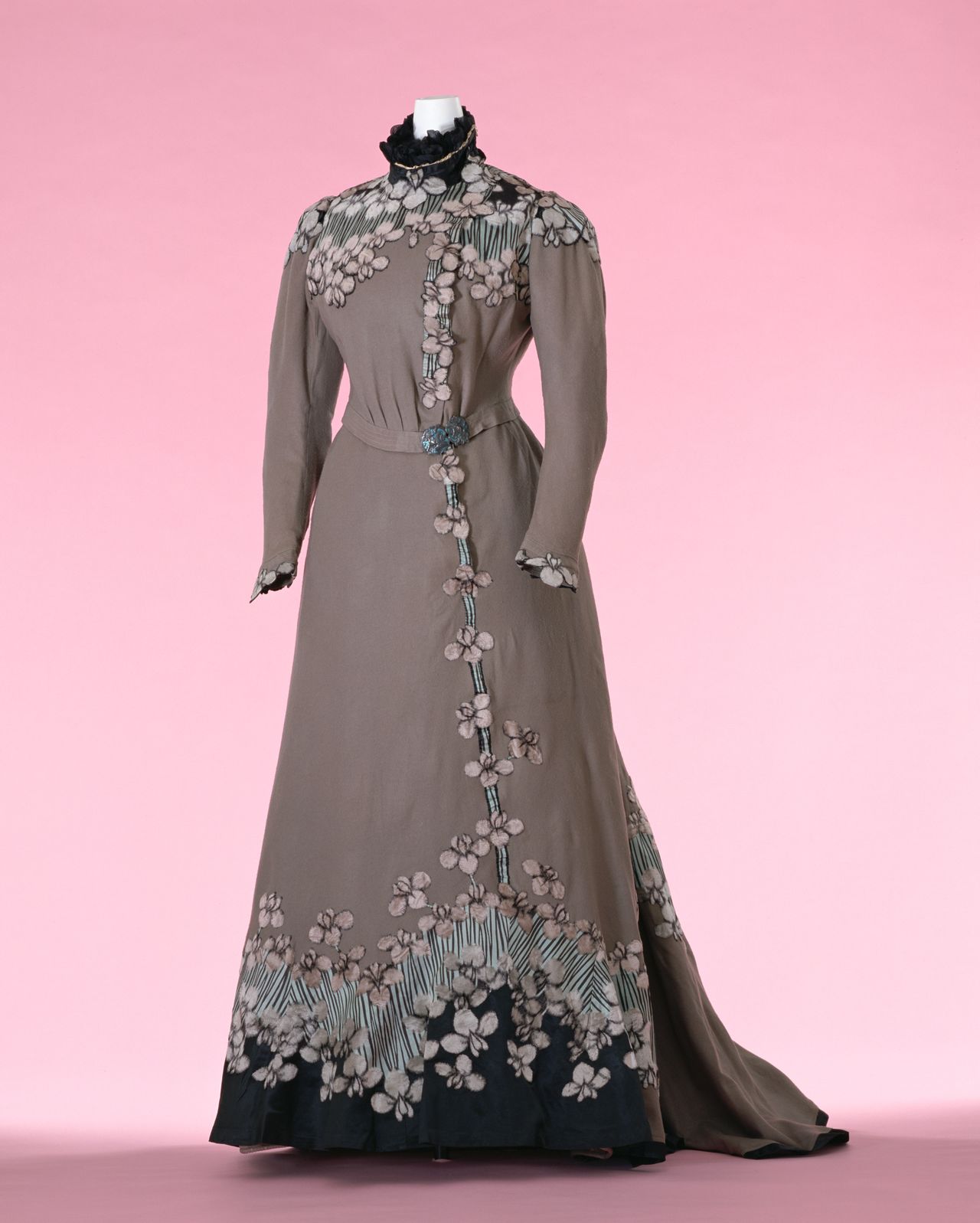
How the Kimono has Influenced the World of Fashion
Culture Lifestyle Fashion Entertainment- English
- 日本語
- 简体字
- 繁體字
- Français
- Español
- العربية
- Русский
A Global Fashion Icon
The kimono today enjoys greater prominence and influence in the world of fashion than ever before. There was a time, though, when the traditional garment seemed in danger of disappearing from the daily wardrobe of Japanese women, relegated to rare outings and special occasions for formal events such as weddings, coming-of-age days, and tea ceremonies. However, in recent years it has enjoyed a resurgence, gaining attention both in Japan and abroad as a sophisticated and elegant form of dress suitable for everyday and formal occasions. The kimono has influenced the ideas of many designers, providing inspiration for new fashion resources. It could be argued that few traditional garments have inspired designers to the degree that the kimono has.
For its spring/summer 2018 men’s collection, the fashion house Maison Margiela has provided some spectacular examples of the kimono’s influence. John Galliano of this house designed a men’s coat from a colorful and luxurious antique obi, the sash to tie a kimono. Similarly, Christian Louboutin designed a pair of boots for the autumn/winter 2017 collection of luxurious textile inspired by a late Edo period (mid-nineteenth century) kimono textile design, with bamboo, plum blossoms, and cranes.

Christian Louboutin’s boots, autumn/winter 2017 collection. (© Kyoto Costume Institute)
A particularly interesting illustration was a men’s collection by Tom Brown for spring/summer 2016. Drawing on Japan’s traditions of exquisite craftsmanship and design sensibility, it incorporated kimono-inspired designs into otherwise sober-looking business-style suits to create a contemporary pop style.

A men’s suit by Tom Brown for the spring/summer collection 2016. (© Fashion Press)
Other famous designers who have explored the creative possibilities of the Japanese kimono include Alexander McQueen, Yves Saint-Lauren, and Cristóbal Balenciaga. Madeleine Vionnet and Paul Poiret in the 1920s and Jacques Doucet in the late nineteenth century also were captivated by the unique culture of the kimono.

A day dress by Jacques Doucet from around 1897 featuring iris (kakitsubata) blossoms and leaves. Photo by Hayashi Masayuki. (© Kyoto Costume Institute)
Japonism and the Kimono Craze
Researching the enduring fascination with the traditional styles of Japan reveals the enduring influence of the kimono on Western aesthetics. In the seventeenth century, chief factors (traders) of the Dutch East India Company in Japan brought padded kimonos back with them when they returned to Holland, and kimono were prized as indoor wear for men. Lightweight and warm, these exotic Japanese dressing gowns were called Japonse rok. They grew to be extremely popular, appearing in portraits of the time and even spawning copies in neighboring countries.

Japonse rok at the exhibition Japonism in Fashion in 1996. Photo by Hatakeyama Naoya. (© Kyoto Costume Institute)
A wave of enthusiasm for all things Japanese swept Europe and the United States during the second half of the nineteenth century; this came to be known as Japonism. The impact modes of art like ukiyo-e had on impressionist painters is well documented. However, less well known is the influence that the kimono also had on fashion.
The relationship between Parisian fashion and the kimono developed in natural progression. Women fell in love with the beautiful and exotic clothing, wearing the garments to relax in at home. Designers in Paris and London then started to use kimono fabric for their own creations. Japanese-inspired designs eventually came to be used for silk fabrics by textile makers in Lyon, marking their debut on the Parisian fashion scene.
Paris designers at the beginning of the twentieth century were the first to take note of the graceful, draping form of the kimono. Around 1910, coats and dresses with silhouettes echoing those of uchikake kimonos or the kimonos worn by the beauties depicted in ukiyo-e prints began to appear. The nukiemon décolletage style of lowering the rear hem to expose the nape of the neck became popular, along with long sleeves and details evocative of ornately decorated obi sashes.
Pioneering designers like Vionnet and Poiret drew on the straight cut construction technique of the kimono, and in the 1920s fashion was increasingly marked by cylindrical designs composed of straight lines made by sewing together rectangular-shaped pieces. This brought a new methodology into traditional European dressmaking, which was based on the ideals of volume and three-dimensionality. From this period, the structure and shape of dress changed as designers moved away from obeying the shape of the human body and began to embrace the wider possibilities of a freer range of forms. In this way, the kimono went beyond the superficial appeal of the exotic and impacted fashion as a whole.

Dress by Paul Poiret, 1920s. Photo by Hayashi Masayuki. (© Kyoto Costume Institute)
The exhibition Kimono Refashioned examines this diverse relationship between the kimono and Western fashion from the second half of the nineteenth century to the present. The show opened at the Newark Museum in October 2018 before touring to the Asian Art Museum in San Francisco in February 2019. It will travel to the Cincinnati Museum in June, completing its tour of three major American cities by the fall. This exhibition, for which I initiated the plan, is a cooperative effort between the Kyoto Costume Institute and the three museums in the United States. Along with looking at the influence that the kimono has had on Western fashion, it introduces the works of Japanese designers from the perspective of this legacy.

Exhibits from Kimono Refashioned at the Newark Museum in 2018. (© Mike Peters)





